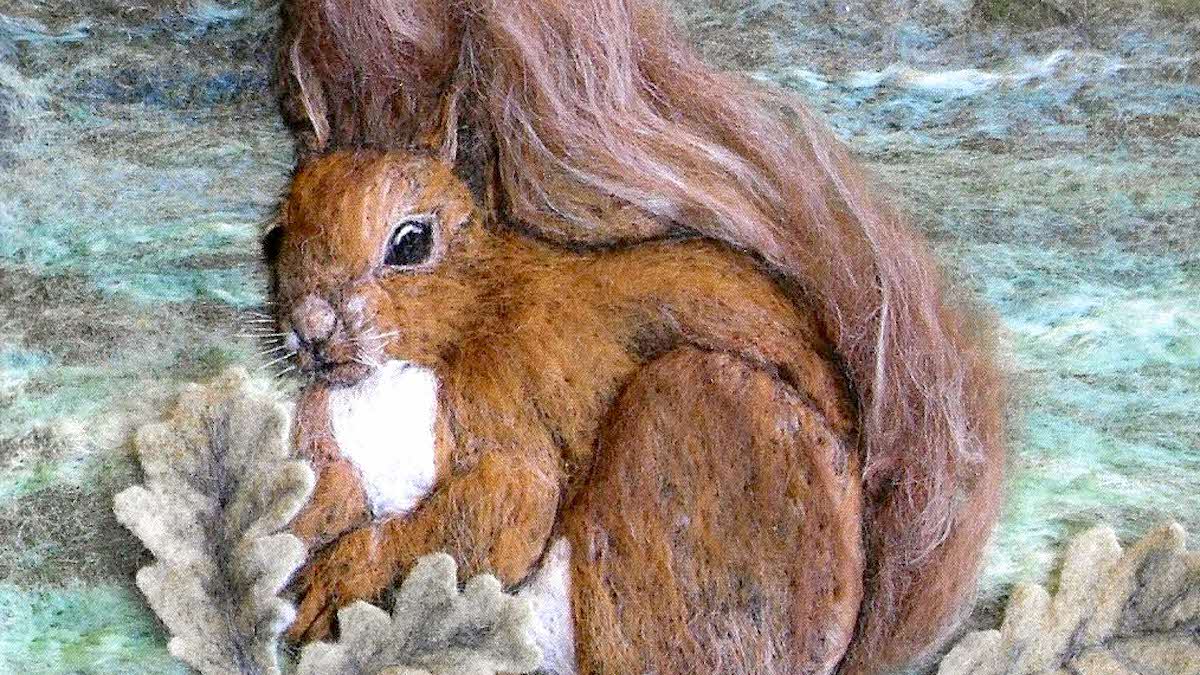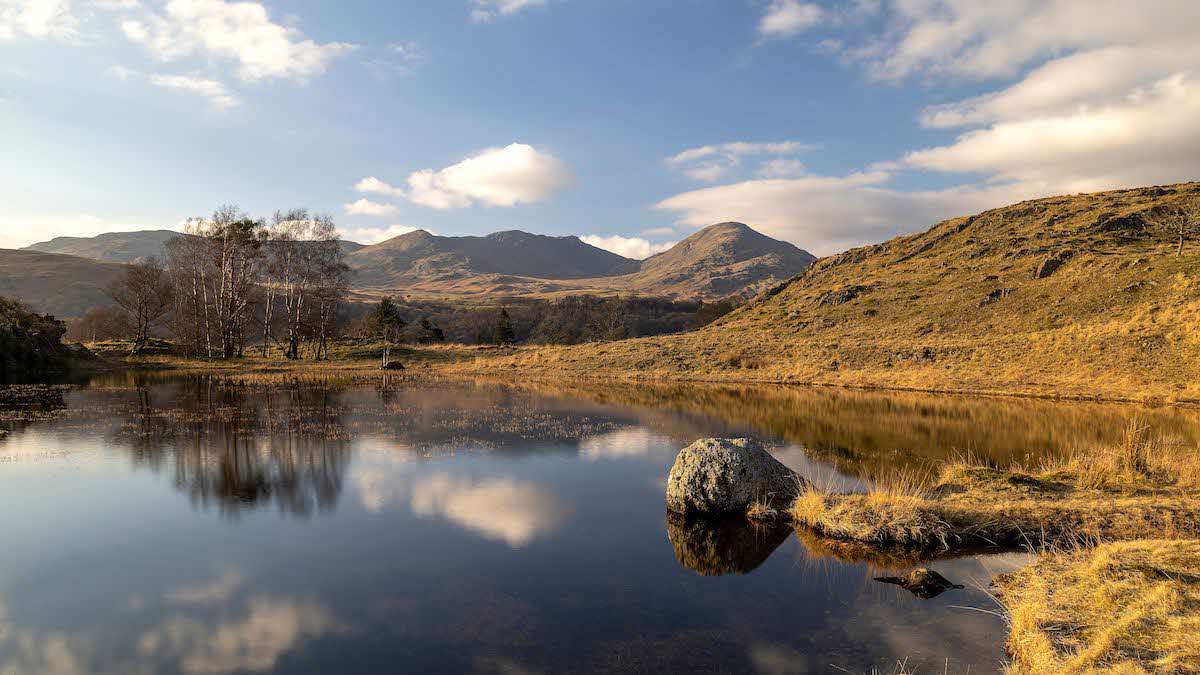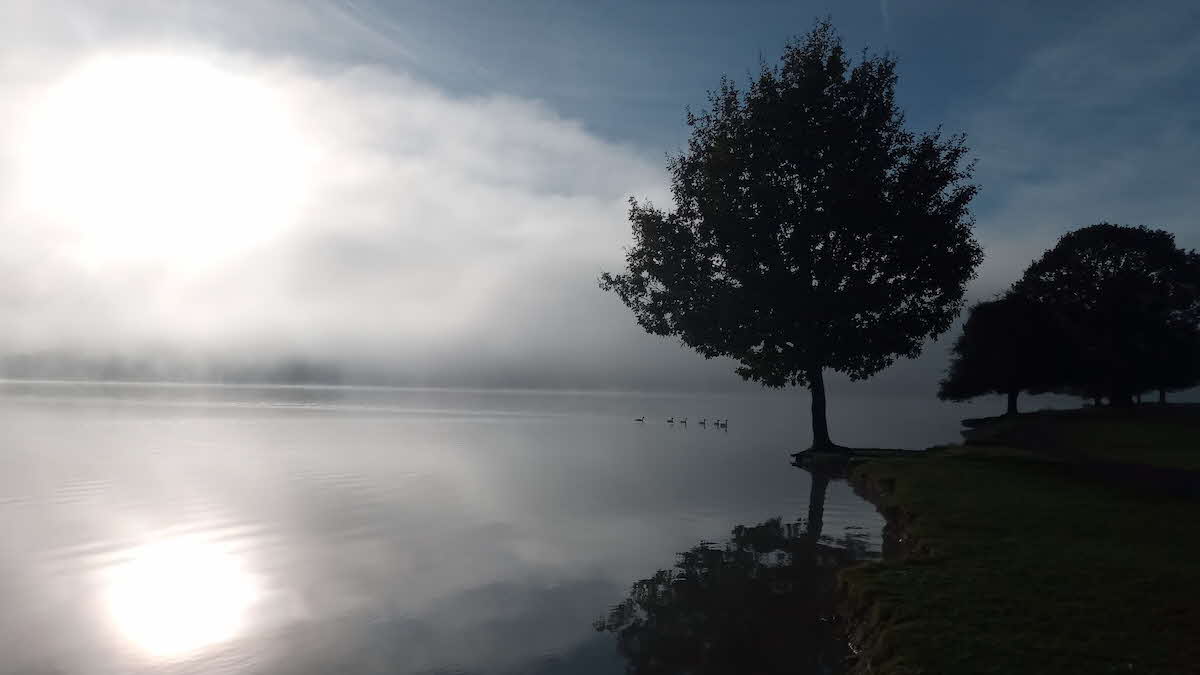Book a Club campsite
Search and book a great value holiday today
Book nowPhilip Moon traverses the heavenly landscapes of Cumbria that have inspired poets, painters and more

A one-time home to such creative luminaries as William Wordsworth, Beatrix Potter and Alfred Wainwright, Cumbria is one of England’s most breathtaking counties. Its beauty is in such abundance that whether you’re new to the area or a returning visitor, there’s always more to see, always more to enjoy – whatever your interests and whatever the weather.
Cumbria is also home to many Club campsites and Certificated Locations (CLs), making it easy to set up base and start exploring. Living on the eastern side of England, my route takes me up the A1 and then west at Scotch Corner on to the A66 – the gateway to the Lake District. The road, much improved in recent years, now benefits from extensive (though not comprehensive) dualling and, although it’s a steady climb to the top of the Pennines, it’s an easy tow.
Just off the A66, some six miles south-east of Penrith, lies the peaceful village of Cliburn and The Grange Court CL. I must admit that, until recently, I’d never stayed at a CL – what a lot I’ve missed! The Grange Court has been a caravan site for over half a century and many members come back year after year. Among them are Kate and Allan, who tell me how much they enjoy the peace and quiet, as well as the cycling and walking opportunities. Co-owner Suzie is a keen conservationist and says that next year they’ll be planting out the adjacent field as a wildflower meadow. I ask about red squirrels. “Yes, we do get them,” she says, “but the best place to see them is at the nearby Cliburn Moss Nature Reserve.”
From there I head to the Club campsite at Troutbeck Head, just off the A66 between Penrith and Keswick. It’s a larger site with 158 pitches and good facilities including a children’s playground and large games room equipped with a pool table. Troutbeck Head also offers Experience Freedom glamping pods and cabins, which can be booked at experiencefreedom.co.uk. This sets me thinking: it could be a great place to get the extended family together for a special weekend break. My granddaughter would love the equestrian centre next door.
 One of Jane Firth’s beautiful creations
One of Jane Firth’s beautiful creationsThe skyline is dominated by Blencathra (868m), otherwise known as ‘Saddleback’ due to its shape. It’s the kind of walk I’d like to do, but the weather doesn’t look great.
There’s plenty more to do, anyway. The campsite’s assistant manager, Val, has put together a fantastic portfolio of walks, cycle rides and other activities to suit a range of abilities and interests. I decide to pop into the bustling, historic town of Penrith. The Tourist Information Centre is, as one would expect, a mine of suggestions for days out. It also houses the local museum. Coinciding with my visit is the Open Studios and Art Trail event run by the Eden Valley Artistic Network (EVAN), which takes place annually during the first two weeks of September. You’ll see the signs for it all over this part of Cumbria, and it’s a great way to see what contemporary artists in the area are creating.
Accordingly, I drop in on Jane Firth’s studio, just round the corner from the Information Centre. Jane specialises in feltings of animals using wool and llama hair. She chats happily about her work and the EVAN.
As the weather’s not good, I head for the coast in the hope it might be better there. It’s not, or not much. I stop off at Cockermouth, intent on visiting Wordsworth’s House, a National Trust property in the centre of this market town. The Georgian town house is the main attraction, and it appears as it would have been during the writer’s childhood, but there’s also a riverside garden and a bookshop to browse. (Please note that this property is closed for the winter and is scheduled to reopen on 1 April 2023.)
My next port of call is St Bees Head, five miles down the coast from Whitehaven and the westernmost point in Cumbria. It’s quite a stormy day as I walk along the headland, but there’s a magnificence to the wind and the rain. The elements certainly haven’t put off the many dog walkers whose furry friends are enjoying a romp on the beach.
Then it’s inland to visit Dockray Meadow Club Campsite, seven miles south of Cockermouth. It’s a small and picturesque site with just 41 pitches. It has no showers or toilet block, which isn’t a problem for the many of us who are happy – or indeed prefer – to use our own facilities, and means a few pounds saved that can be spent elsewhere.
The site is open and airy, with pitches well spaced out and arranged in a more random way than is possible elsewhere. Blake Fell (573m) rises above the site, and there’s a lovely walk around the nearby Cogra Moss lake and over the fell. There’s also plenty of wildlife, with woodpeckers, owls and (occasionally) red squirrels as visitors. Enthusiastic manager Estelle calls the site “a secret gem” and jokingly adds, “don’t tell anyone.”

The next day my plan is to move from my Troutbeck Head base on to the Club’s campsite at Coniston Park Coppice, but I am yet to plan my route. The direct course will take me past Ullswater and up over Kirkstone Pass, the highest traffic pass in the Lakes. I am a little concerned about this, but the Club’s technical team has given my car full marks for towing a unit of my weight, so it ought to be fine.
The views over Ullswater are stunning. I pass close by Aira Force waterfall where Aira Beck plunges 60ft into the lake. I’d like to visit, but it wouldn’t be easy with the van in tow. Then it’s along the shores of Ullswater through Glenridding with its shops, cafes, hotels and pubs. Glenridding is also a great place to launch a boat or paddleboard, or take a voyage on one of the Ullswater ‘Steamers’.
Now to tackle Kirkstone Pass. It’s a bit more twisty than I’d anticipated and, though generally wide enough, it’s tight when I meet a coach coming the other way. Finally, I reach the top. [Club note: The route over Kirkstone Pass is more commonly used by motorhomers rather than caravanners. If you are unsure or own a larger unit, consider heading back out to the M6 to travel between sites – it’s longer but travel times can often be similar. No one should attempt the road known as ‘The Struggle’ in anything other than a car.]
Set in National Trust woodland, Coniston Park Coppice Club Campsite offers 228 pitches grouped within open glades, a full range of facilities and a variety of pods and cabins (as well as tent pitches). As the Club’s handbook warns, most of the pitches are sloping to varying degrees so expect to use levelling blocks. A short walk takes you to the banks of Coniston Water. Vehicle access to take a boat down for launching is available; you’ll need a code from reception to use the gate and must return your vehicle to the site after unloading your boat.
Rising above Coniston Water is the magnificent Old Man of Coniston (803m), which will be my target for the next day. I buy a leaflet from reception detailing the various options for ascent and descent. The shortest route is from Walna Scar car park; it is four miles to the summit and back, and I should allow three-and-a-half hours. I’ll set off early.
Thankfully, the next day brings the first good weather in a while, and the mountain path is busy. I’m happy about this: not only is there safety in numbers, but there’s also a jolly camaraderie among hikers. There are lots of groups, couples and families. One dad strides forth; his son, 11 or 12 years old, does well to match his pace. “Good to see the young’uns out,” I say cheerily. “Too right,” replies the dad. “Much better than being on his games console.” He goes on to explain that he and his son spotted a series of mugs in a gift shop, one for each of the main Lake District peaks. Dad has promised son a mug for each mountain climbed. “He’s already done Skiddaw and Helvellyn. He’ll soon have a full tea set.”
The first part of the walk is along a broad track with grand views over the water, and is reasonably easy-going if you don’t fancy climbing to the top. Thereafter it gets a bit steeper – well, a lot steeper, actually – but the views from the top and the sense of achievement make it all worthwhile. For me, coming down is tougher than going up: there’s a lot of jarring on the knees. Note to self: remember to bring walking poles next time.
By the time I get back down into Coniston, I’m exhausted, but manage to recover with two pots of tea and a slice of cake at the Bluebird Café. The café is part of the Boating Centre, which offers launching facilities and canoe, kayak, rowing boat or motorboat hire (as well as bikes for those who prefer to stay on terra firma). It’s also the place to board the National Trust’s replica steam yacht, Gondola, for a trip on Coniston Water.
I opt instead for one of Coniston Cruises’ various tours of the lake. Sally, our guide, provides an enthralling commentary pointing out the various landmarks and recounting the story of Donald Campbell’s ill-fated attempt at the world water speed record here in 1967.

On the following day my next stop is another CL: Upper Hawthwaite Farm near Broughton-in-Furness. Beautifully located with sheep grazing in the adjacent field and wonderful views over the fells, it has an excellent shower and toilet block, and all the intimacy you’d expect of a CL. It’s run by a charming young couple, Joseph and Kath (alongside Joseph’s parents). Don’t be put off by the slightly unprepossessing entry through Joseph’s agricultural machinery yard: the site is very popular and members come back year after year – some for the mountain biking, some for the walking and some for the coast. The nearby village of Broughton is also delightful with its shops, post office, pubs and cafés. Alternatively, it’s only a short walk to Broughton Mills and the Blacksmiths Arms, a traditional country pub.
From there, I head for Grange-over-Sands on Morecambe Bay. It’s a genteel Victorian resort with a wide promenade and gardens..
Three miles from ‘Grange’ is Meathop Fell Club Campsite. There are 113 pitches, and it’s a quiet, open, airy site with great views. In addition, the large country house at the centre of the site has been converted into a holiday cottage and several holiday flats, making it a great location for holidays with non-camping family or friends. Conveniently, there’s a hotel bar just a short stroll from the site, and a golf club less than two miles away.
En route to my final stop, Kendal Club Campsite (just eight miles from Meathop Fell), I drop in at Foulshaw Moss Nature Reserve, where a pair of ospreys are breeding. Other birds that have been seen in recent weeks include hobbies and marsh harriers. I also visit Sizergh (pronounced Sizer) Castle, a National Trust property and home to the Strickland family for over 800 years. The family’s notable ancestors include Thomas de Strickland, who fought alongside Henry V at Agincourt.
The Kendal site is situated in woodland and bordered on one side by the River Kent. Jo and Mick, the assistant managers, enthuse about the site and its locale. Mick particularly recommends exploring the gunpowder mill ruins that sit on the site, and visiting the nearby Strickland Arms. “Is there anything to catch in the river?” I ask him. “Oh, yes... During the season we sell licences on behalf of the Kent Angling Association. Lots of members come for the fishing.”

By my final day there’s still so much I haven’t seen and done, but I manage the most of the time available, heading back towards Windermere and Coniston Water to visit the nearby village of Hawkshead.
This is certainly one of the most picturesque villages in the Lakes. Here you’ll find the fascinating Beatrix Potter Gallery, housed in the former offices of the writer’s solicitor husband. There are lots of original drawings on display and a storyboard telling of her life, her art, her writing, and her commitment to conservation and the Lake District.
Also worth a visit is the less well-known Hawkshead Grammar School. Founded in 1585 and closed in 1909, the school counts William Wordsworth among its former pupils. It’s an atmospheric place which gives you a feel for what school was like in centuries past. I’m not quite that old but, nonetheless, it makes me a tad nostalgic for my own schooldays! Incidentally, Wordsworth carved his initials into one of the desks for posterity – not something to be encouraged in today’s school students, however famous they think they might one day become.
Sadly, it’s time to go back to Kendal and get some rest before hitching up and heading home the following day. This brief but scintillating encounter with the Lake District has left me yearning for more – I’ll be back.